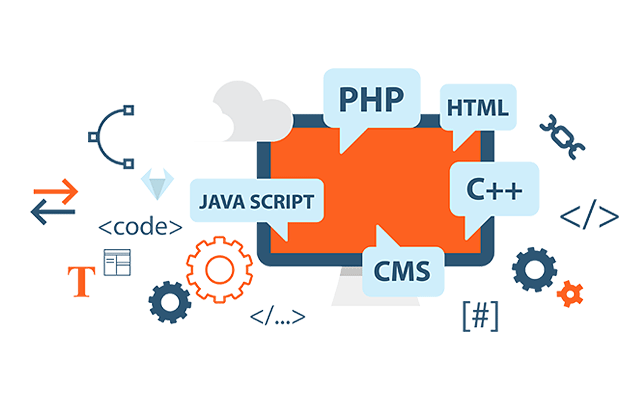Openness

Why?
Making content open and accessible allows for greater reach and impact. The web’s openness allows for collaboration, which increases the overall quality of any information or creation. Individuals can also look to others for inspiration to create their own work. The internet’s ability to share and learn increases collaboration and inspiration, enhancing users’ knowledge and creative works.
How?
There are a few ways to make the Internet more collaborative. One example includes using Open-Source Code. This code allows anyone with a computer to edit or add information to make an article more inclusive or correct any wrong information. This means that no special qualifications or access are required to contribute. Wikipedia is famous for using Open-Source Code, you can see it in action in this Wikipedia article about Cats
Accessibility

Why?
Providing accessible content is morally right because it makes the Internet more inclusive and easier to use. Making content accessible also ensures that people with disabilities can access and understand the information, which allows for a more inclusive and diverse audience reach. Lastly, many countries have laws requiring web accessibility to prevent ableism.
How?
Accessibility on the Internet takes many forms. One example is adding closed captions to movies, episodes, and YouTube videos, such as the picture above. Another example includes color contrast, which ensures that text is easy to read for people with vision impairments. Both of these examples not only make the Internet more accessible but also improve the user experience for everyone.
